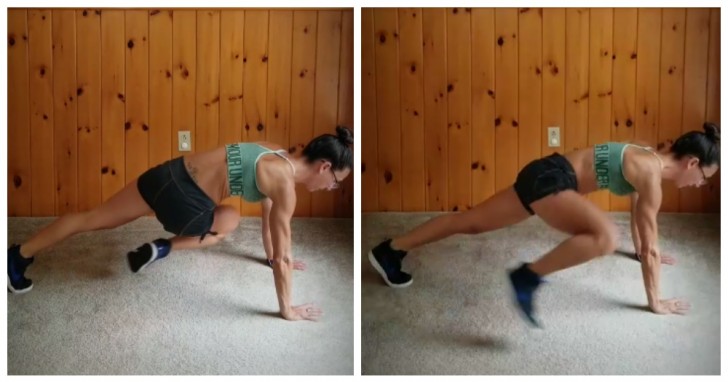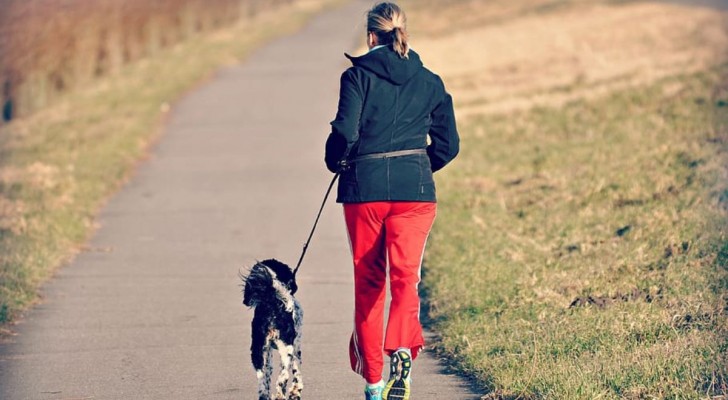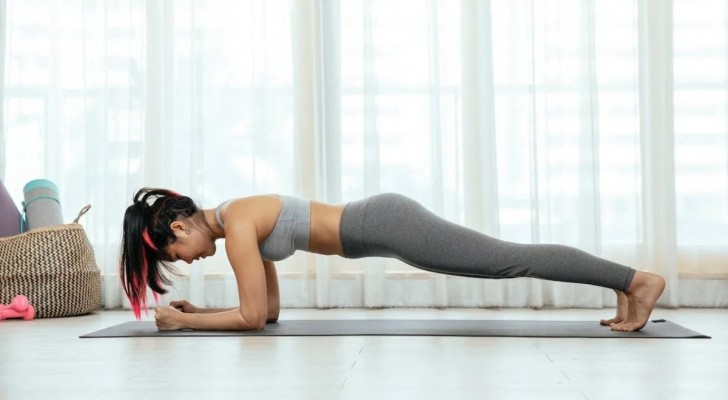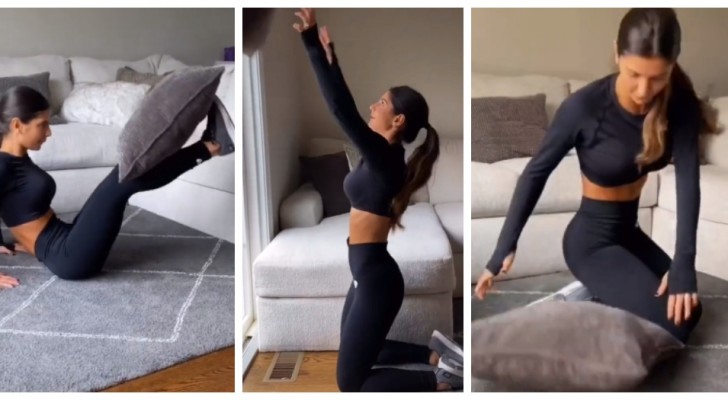Burn fat and reduce bloating: try the mountain climbers method to get a flat tummy

Optimizing a training routine is convenient for everyone: unless you have a lot of time available to spend in a gym doing all kinds of exercises, it is useful to find the types of exercises you need most for specific muscle groups. If you want to focus on a particular point of the body, such as the belly or hips, for example, read on.
One of the best exercises for the abdominals and hips, (and which also helps the legs, arms and shoulders), is the mountain climber method - of which there are several variations. This workout method is described below:
This exercise helps to achieve a flat stomach, tones the muscles in the central part of the body and also helps fight abdominal bulges. In short, this single routine has many advantages. But what does it consist of?
In the basic version, you need to:
- Start in a high plank position, with your arms hanging straight down from your shoulders. The body must form a straight line from the shoulders to the ankles.
- Lift one foot, and bend the leg by bringing the knee up as close to the chest as possible. The back must not arch.
- Return to the starting position and do the same with the other leg.
This alternating movement must be repeated for a number of times, which perhaps will increase as you get fitter. At least 20 flexes are recommended (up to a max of 30), interspersed with half-minute breaks, for a total of 4 reps.
Just as in the case of the simple plank, you can do easier versions, leaning on supports (tables, benches, chairs), which can gradually be lowered until you reach the classic position on the ground.
The golden rule always remains the same: keep your back straight, with the body in a straight line from the neck to your heels.

Fit Tiff/YouTube via Pinterest
There are also slightly more challenging variations, where the knees are brought to chest height but on the flanks. You can even do this by pointing your foot at the ground for a moment, or by crossing them towards the opposite side of the start position, and swinging the legs. It is much easier to understand this more complex movement by watching this video.
Are you ready to integrate this exercise into your workouts?





